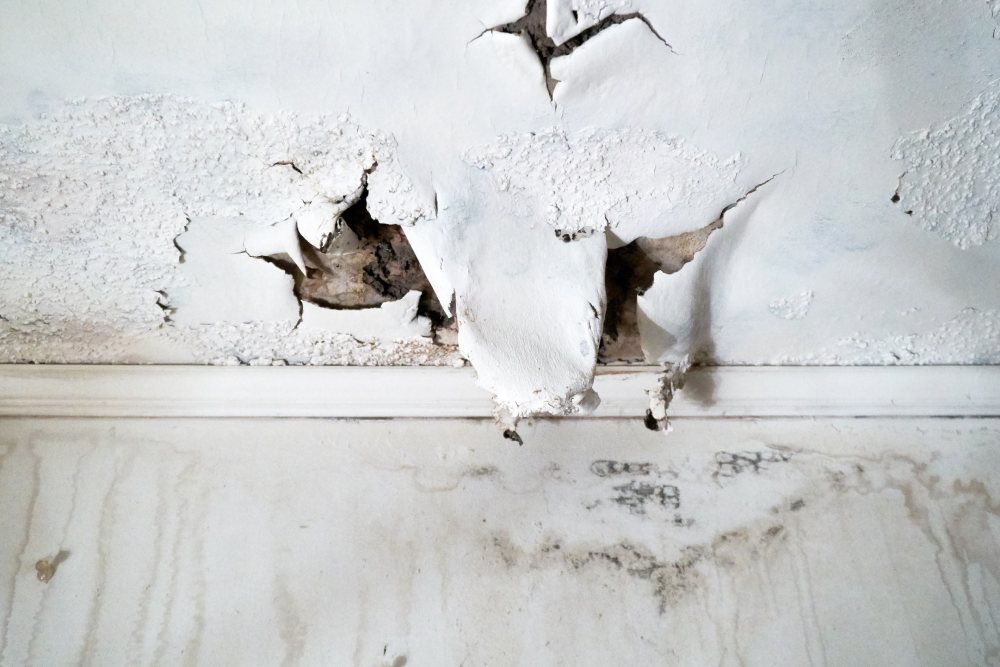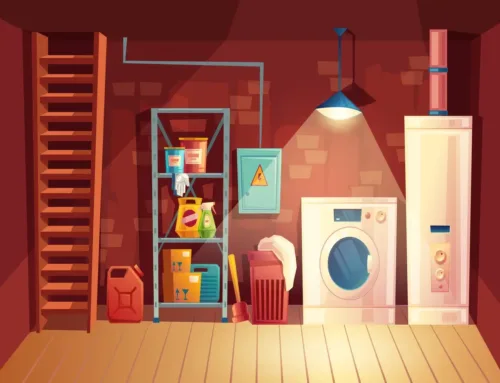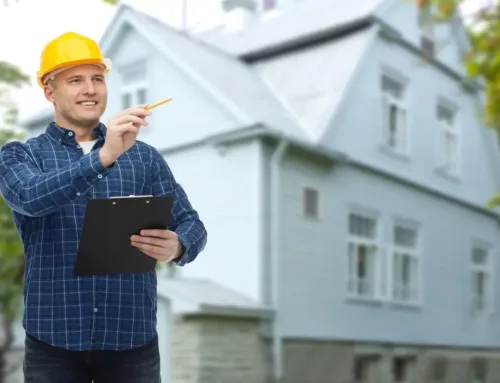If you’re in the market for a new home, it’s important to be aware of the signs of water damage. Water damage can be difficult to spot. But if you know what to look for, you can avoid buying a home that has been damaged by water.
In this blog post, we’ll discuss how to spot water damage as well as what to do if you find it.
Why is Water Damage Dangerous?
Water damage is dangerous because it can weaken the structural integrity of your home.
Water damage can also lead to mold growth. Mold can cause a variety of health problems, the EPA explains. That includes respiratory issues and allergic reactions. In some cases, mold can even be toxic. If you suspect that there is mold in your home, it’s important to have it tested by a professional.
How to Spot Water Damage in a House
If you’re considering purchasing a home, it’s important to be on the lookout for water damage. What should you do if you if you suspect water damage in a potential new home? Have a professional take a closer look. Here are some signs to keep in mind.
1. What Does the Home Smell Like?
If you want to know how to detect water damage in the house, start with your nose. Water-damaged homes often have a musty smell. If you notice this smell during the walkthrough, be sure to ask the seller about it.
If they’re not forthcoming with an explanation, there could be something they’re trying to hide. In some cases, the musty smell can be caused by mold growth. If you suspect that this is the case, ask the seller to have the home inspected by a professional.
2. Look For Signs of Visible Damage
While you won’t always be able to tell signs of water damage in walls, there are times when the damage will be visible. If you see any discoloration on the walls or floorboards, this could be a sign that there’s water damage.
3. Have the Roof Inspected
Roofs are generally the most vulnerable part of a home when it comes to water damage. If you’re buying an older home, it’s especially important to have the roof inspected by a professional. Look for shingles that appear loose, dimpled, or discolored, as these can be warning signs of leaks to come.
4. Check for Icicles
If your home-to-be is in an area affected by snowy winters, take special note of icicles hanging from the eaves during the winter. This can be a sign of an ice dam.
An ice dam is formed when heat escapes from the house through the roof. This melts the snow, which then refreezes and creates a barrier that prevents water from draining properly. If the roof isn’t well insulated, this can be a big problem.
5. Inspect Windows and Door Frames
Another way to check for water damage is to look at the windows and door frames. If they’re warped or the paint is peeling, this could be a sign of water damage in the walls.
That said, some water damage can be fixed by replacing damaged wood. If you notice any water damage in a house you’re considering purchasing, make sure to factor in the cost of repairs.
6. Look for Wall Stains
Another easy way to check for water damage in the walls of the house is to look for wall stains. These can be brown, yellow, or white stains that indicate water has seeped through the walls.
If you see any wall stains, it’s important to investigate further to determine how extensive the water damage is. Be sure to bring in a licensed home inspector if you think the damage is severe.
7. Observe Floor Surfaces
One telltale sign of water damage is warped or buckling floors. If you see any sign of wrinkling, buckling, or waving, this can mean that the floors are suffering from water damage. The water can distort the flat surface of the floors and cause such deformations.
How to Detect Water Damage in a Home
By being aware of the signs of water damage, you can help protect yourself from purchasing a home with extensive hidden damage. Be sure to have a professional home inspector take a look at the property before making an offer. And if you do spot water damage, be sure to factor in the cost of repairs when considering your offer. Elite Group has mold and moisture experts on staff to assist you in finding and testing for water damage issues. Contact us to learn more.





